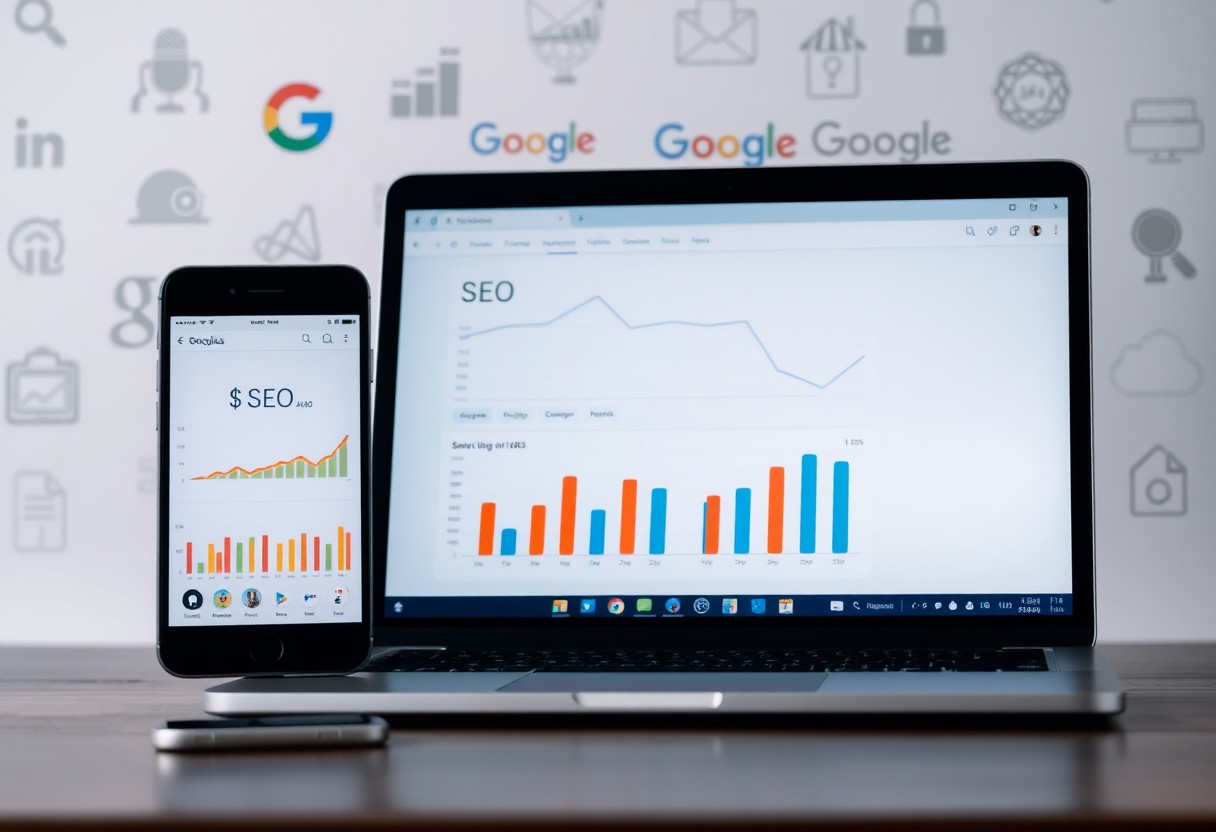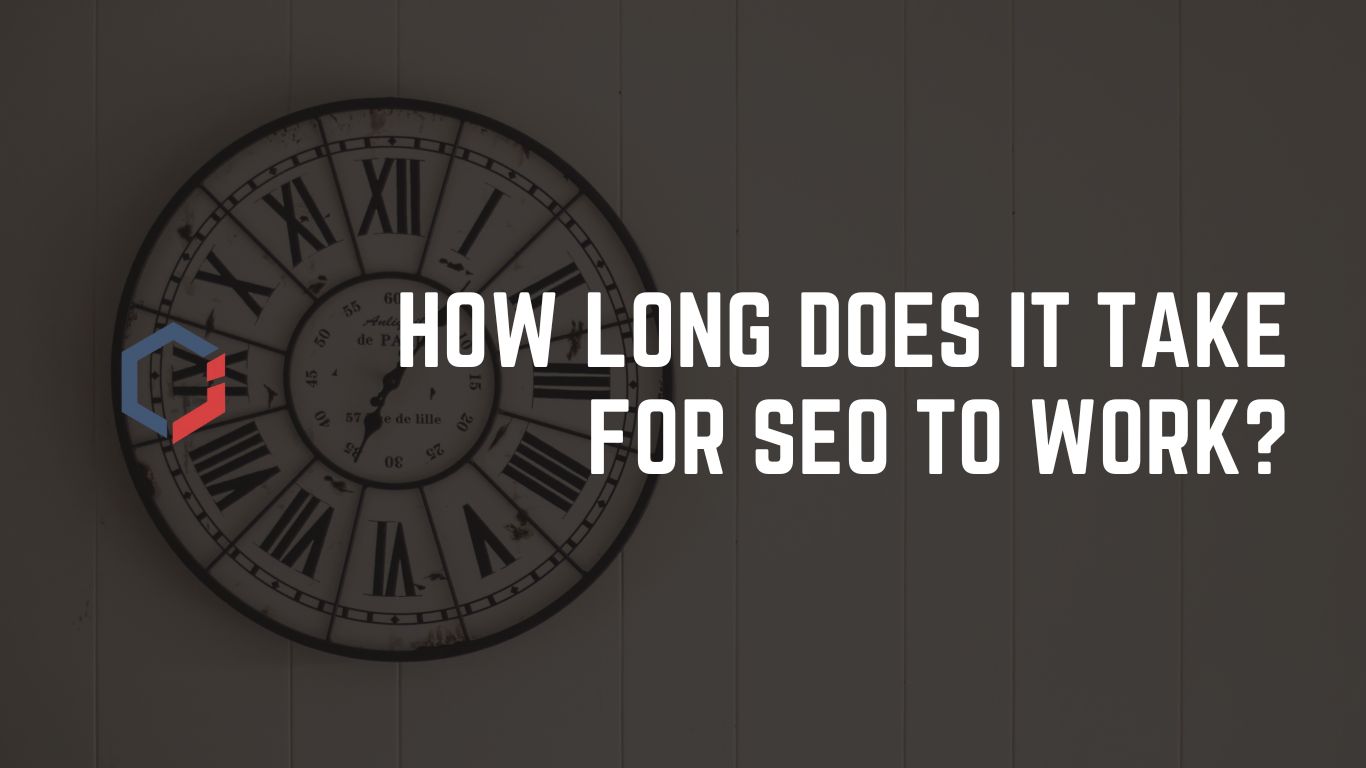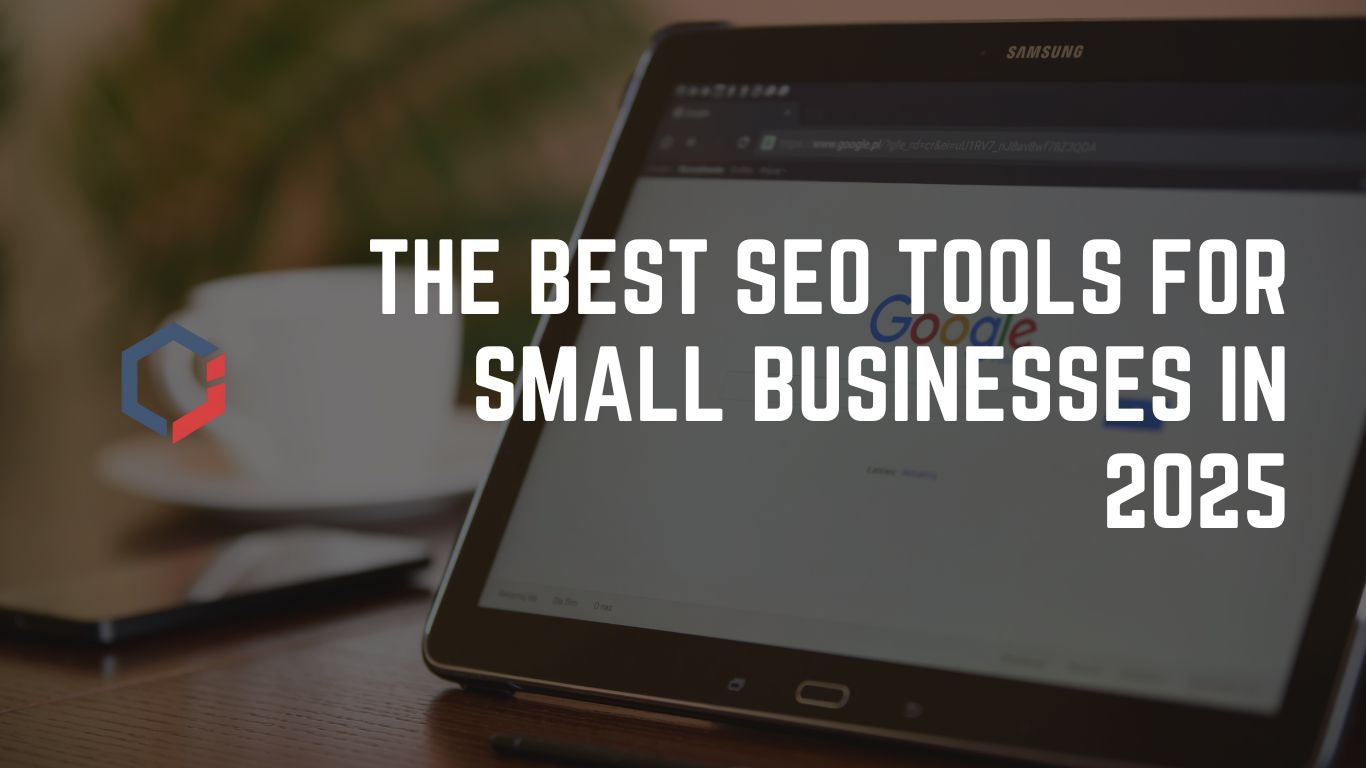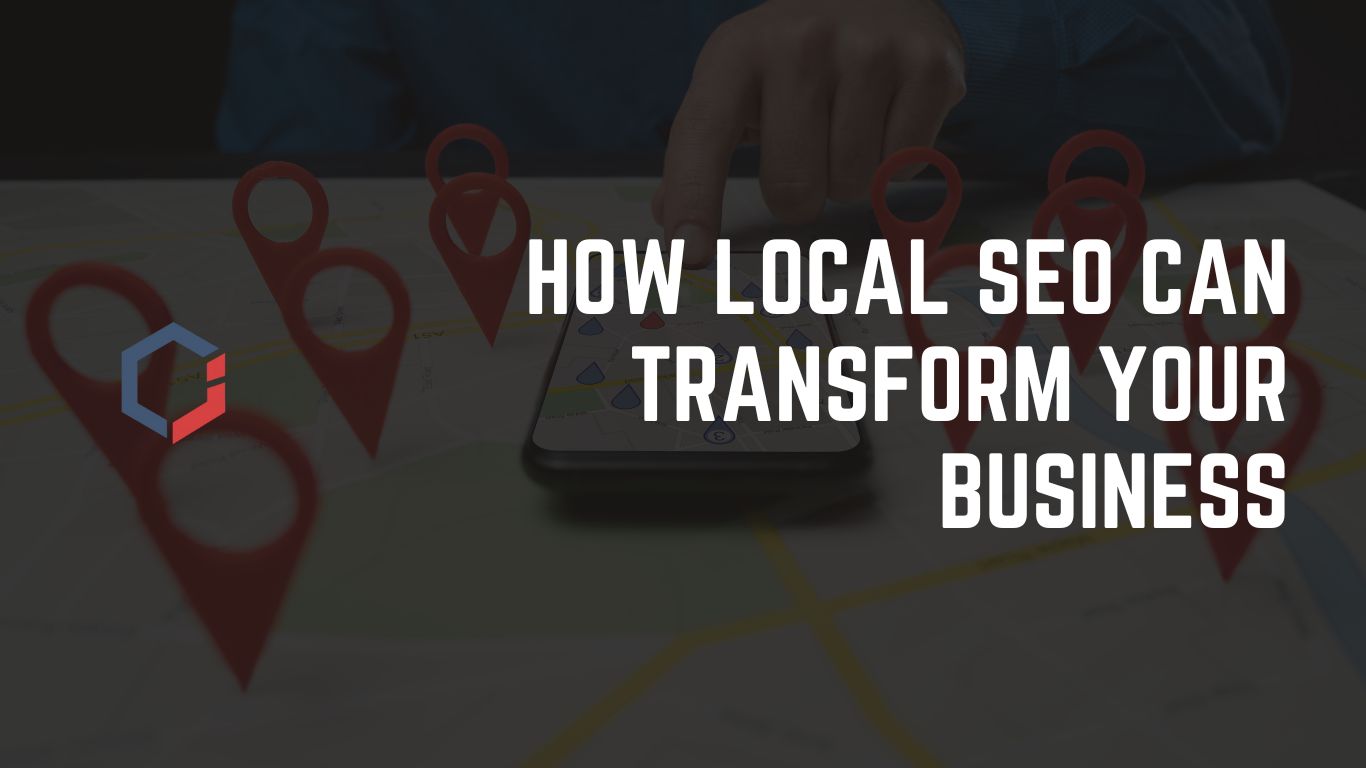Getting noticed online is crucial for any business or website. Search Engine Optimization (SEO) can boost your visibility and bring in more visitors. But how long does it really take to see results from SEO? Many think it should happen fast. Yet, SEO isn’t a quick fix; it’s a slow but steady process. According to research by WebFX, most businesses start seeing initial results within 4-6 months, with significant improvements often taking 6-12 months. Knowing the usual timeline helps you plan better and set realistic goals.
Table of Contents
- Introduction
- Why SEO Takes Time to Work
- The Importance of Realistic Expectations
- Understanding the SEO Process and Its Timeline
- What is SEO and How Does It Work?
- On-Page, Off-Page, and Technical SEO Explained
- SEO as an Ongoing Strategy
- Factors Influencing SEO Results Timeline
- Website Age and Authority
- Industry Competitiveness
- Content Quality and Backlinks
- Technical Website Health
- Search Engine Algorithm Updates
- Typical Timeframes for SEO to Show Results
- Short-Term (1–3 Months): Early Signs
- Medium-Term (4–6 Months): Growing Visibility
- Long-Term (6+ Months): Sustained Growth
- Initial Gains: Setting Expectations for Early SEO Results
- First 1–3 Months: Building the Foundation
- Early Indicators of Progress
- Actionable Tips for Early Stages
- Midterm Results: Gaining Traction
- 4–6 Months: Growth Phase
- Case Studies and Real-Life Examples
- Actionable Tips for Midterm SEO
- Long-Term Success: Sustained SEO Growth
- 6+ Months and Beyond: Maturation Phase
- Real-World Examples of Long-Term SEO Wins
- Actionable Tips for Long-Term Strategy
- Common Misconceptions and Myths about SEO Timeline
- The “Overnight Success” Myth
- Why Quick Fixes Don’t Work
- Expert Insights on SEO Timelines
- Frequently Asked Questions
- Conclusion
- Summary of Expected Timelines
- Final Thoughts on Patience and Consistency
- Key Takeaways
- Quick Summary of the Most Important Points
Introduction
In today’s digital marketplace, SEO stands as a cornerstone of online success. However, the burning question for many businesses is: How long will it take to see results? The answer isn’t straightforward, but understanding the timeline helps set realistic expectations and prevents frustration. This comprehensive guide breaks down exactly what to expect at each stage of your SEO journey, based on extensive industry data and real-world experiences.
Why SEO Takes Time to Work
SEO takes time because it’s built on trust and authority. Search engines like Google need to verify your website’s credibility through a complex evaluation process. This involves assessing hundreds of ranking factors, from content quality to user experience. Additionally, Google’s algorithms are designed to prevent spam and manipulation, making overnight success impossible.
The process involves crawling and indexing thousands of pages, evaluating content relevance, understanding user behavior signals, and building domain authority through backlinks. Each of these elements takes time to develop and for search engines to recognize.
The Importance of Realistic Expectations
Setting realistic expectations is crucial for SEO success. Unrealistic goals can lead to:
- Premature abandonment of effective strategies
- Wasted resources on quick-fix solutions
- Poor decision-making and panic responses
- Damaged trust with stakeholders or clients
Understanding that SEO is a long-term investment helps businesses allocate resources properly and maintain consistency even when immediate results aren’t visible.
Understanding the SEO Process and Its Timeline
The SEO process is multifaceted and time-consuming. It begins with technical optimization, moves through content development, and builds authority through backlinking. Each phase builds upon the previous one, creating a compounding effect that gradually improves rankings and traffic.
The journey typically follows these stages:
- Technical foundation (1-2 months)
- Content development (2-4 months)
- Authority building (4-6 months)
- Sustained growth (6+ months)
What is SEO and How Does It Work?
SEO is making your site friendly to search engines like Google. It involves three main steps: on-page SEO, off-page SEO, and technical SEO. On-page SEO means optimizing your content and keywords. Off-page SEO covers backlinks and online reputation. Technical SEO keeps your website fast and easy to crawl.
The process works through:
- Search engines crawling your website
- Indexing content and understanding its context
- Matching user queries with relevant content
- Ranking pages based on quality and relevance signals
On-Page, Off-Page, and Technical SEO Explained
On-Page SEO
- Keyword optimization in titles, headers, and content
- Internal linking structure
- Content quality and depth
- Meta descriptions and title tags
- Image optimization and alt text
Off-Page SEO
- Building quality backlinks
- Brand mentions and citations
- Social media engagement
- Guest posting and content distribution
- Influencer collaborations
Technical SEO
- Site speed optimization
- Mobile responsiveness
- XML sitemaps and robots.txt
- SSL certificates and security
- URL structure and navigation
SEO as an Ongoing Strategy
SEO isn’t a one-time project but a continuous process. Markets evolve, competitors emerge, and search algorithms update regularly. Successful SEO requires:
- Regular content updates and expansion
- Ongoing technical maintenance
- Continuous backlink acquisition
- Monitoring and adapting to algorithm changes
- Regular performance analysis and optimization
Understanding how SEO helps businesses grow reveals why this ongoing commitment is essential for lasting success.
Factors Influencing SEO Results Timeline
Several critical factors determine how quickly you’ll see SEO results:
Website Age and Authority
New websites face an inherent disadvantage known as the “sandbox effect.” Google tends to trust older, established domains more. New sites typically need:
- 6-12 months to build basic authority
- 12-24 months to compete for competitive keywords
- Consistent quality content and backlinks to overcome age barriers
Industry Competitiveness
Competition levels vary dramatically by industry:
- Low competition: 3-6 months for visible results
- Medium competition: 6-12 months for meaningful rankings
- High competition: 12-24 months for competitive positions
Competitive industries include:
- Legal services
- Financial products
- Healthcare
- Real estate in major markets
- E-commerce for popular products
Content Quality and Backlinks
Content quality directly impacts SEO timeline through:
- User engagement metrics (time on page, bounce rate)
- Natural earning of backlinks
- Social sharing and amplification
- Establishing topical authority
Backlink acquisition timeline:
- First quality backlinks: 1-3 months
- Meaningful link portfolio: 4-6 months
- Authoritative link profile: 6-12 months
Technical Website Health
Technical issues can significantly delay SEO results:
- Site speed problems: Impact rankings within days
- Mobile responsiveness issues: Immediate ranking effects
- Indexing problems: Can prevent SEO progress entirely
- Crawl errors: Delay content discovery and ranking
Search Engine Algorithm Updates
Google makes thousands of algorithm updates yearly:
- Core updates (3-4 times per year): Major ranking shifts
- Minor updates (daily): Subtle ranking adjustments
- Spam updates: Impact low-quality sites
- Page experience updates: Focus on user satisfaction
Typical Timeframes for SEO to Show Results
|
Timeframe
|
What to Expect
|
Key Metrics to Track
|
|
1-3 months
|
Initial indexing, minor ranking improvements
|
Indexed pages, crawl stats, basic traffic
|
|
4-6 months
|
Noticeable traffic increases, ranking movements
|
Organic traffic growth, keyword positions
|
|
6-12 months
|
Significant visibility, competitive rankings
|
Conversion rates, revenue impact
|
|
12+ months
|
Market leadership, authority status
|
Domain authority, brand searches
|
Short-Term (1–3 Months): Early Signs
The first three months focus on foundational work:
- Technical SEO improvements show quickest results
- Initial content optimization begins to take effect
- Search engines start recognizing site structure
- Minor ranking improvements for long-tail keywords
- Increased crawl frequency by search engines
Medium-Term (4–6 Months): Growing Visibility
This period typically shows:
- 15-30% increase in organic traffic
- Improved rankings for target keywords
- Growing backlink profile
- Enhanced content visibility
- Better engagement metrics
Long-Term (6+ Months): Sustained Growth
Long-term SEO success includes:
- Consistent traffic growth
- Strong keyword rankings
- Established authority in your niche
- Regular lead generation
- Higher conversion rates
Initial Gains: Setting Expectations for Early SEO Results
Setting realistic expectations for the first phase is crucial. Early results often include:
- Faster page indexing
- Improved site health scores
- Small ranking gains for non-competitive terms
- Increased crawl budget allocation
- Better technical performance metrics
First 1–3 Months: Building the Foundation
During the initial period, focus on:
- Comprehensive site audit and issue resolution
- Keyword research and content planning
- Technical SEO improvements
- Basic content optimization
- Initial backlink outreach
Early Indicators of Progress
Watch for these signs of progress:
- Reduced crawl errors in Google Search Console
- Increased page indexing rate
- Improved Core Web Vitals scores
- Early ranking movements for brand terms
- Growth in impressions for target keywords
Actionable Tips for Early Stages
- Conduct thorough technical audit
- Fix critical issues first
- Create high-quality, optimized content
- Build a content calendar
- Start relationship building for backlinks
Midterm Results: Gaining Traction
The midterm phase brings more tangible results:
- Ranking improvements for target keywords
- Steady organic traffic growth
- Enhanced visibility in search results
- Growing backlink profile
- Improved user engagement metrics
4–6 Months: Growth Phase
This critical period shows:
- Acceleration in ranking improvements
- Noticeable traffic increases
- Converting visitors from organic search
- Authority building in your niche
- Content beginning to earn natural links
Case Studies and Real-Life Examples
Local Business Success
A Denver-based plumbing company achieved:
- 350% increase in organic traffic
- Position 3 in local map pack
- 25 monthly leads from organic search
- All within 8 months of consistent SEO
E-commerce Brand Growth
An online retailer in the fashion niche saw:
- 180% revenue growth from organic
- 200+ keywords ranking on page 1
- 50% increase in conversion rate
- Results achieved over 12 months
Actionable Tips for Midterm SEO
- Expand content to cover topic clusters
- Accelerate link building efforts
- Optimize for featured snippets
- Implement schema markup
- Focus on user experience improvements
Long-Term Success: Sustained SEO Growth
Long-term SEO success requires persistence and adaptation. This phase includes:
- Dominant positions for competitive keywords
- Consistent lead generation
- High domain authority
- Strong brand recognition in search
- Sustainable traffic growth
6+ Months and Beyond: Maturation Phase
As your SEO matures:
- Rankings become more stable
- Traffic patterns become predictable
- ROI becomes clearly measurable
- Brand queries increase
- Natural link acquisition accelerates
Real-World Examples of Long-Term SEO Wins
Enterprise SaaS Company
- Achieved 500% increase in organic leads
- Dominated industry keywords
- Built 1,000+ quality backlinks
- Timeline: 18 months of consistent effort
International E-commerce Brand
- Grew from $0 to $10M annual revenue
- 80% of traffic from organic search
- 10,000+ keywords ranking
- 3-year sustained growth strategy
Implementing top SEO strategies for small businesses can help achieve similar long-term success.
Actionable Tips for Long-Term Strategy
- Build comprehensive content hubs
- Develop industry partnerships
- Invest in thought leadership
- Monitor and adapt to algorithm changes
- Continuously optimize existing content
Common Misconceptions and Myths about SEO Timeline
Several myths persist about SEO timelines:
- “SEO provides immediate results”
- “Quick fixes can boost rankings permanently”
- “SEO is a one-time investment”
- “Rankings will maintain themselves”
- “Technical SEO alone is sufficient”
The “Overnight Success” Myth
The reality is that overnight SEO success is impossible because:
- Google’s algorithms prevent rapid ranking changes
- Trust and authority build gradually
- Quality content takes time to create
- Natural link acquisition is a slow process
- User behavior signals accumulate over time
Why Quick Fixes Don’t Work
Quick fixes fail because:
- They violate Google’s guidelines
- They produce temporary results
- They risk penalties and de-indexing
- They damage long-term trust
- They waste resources and time
Expert Insights on SEO Timelines
Industry experts unanimously agree:
“SEO is a marathon, not a sprint. The businesses that succeed are those that commit to consistent, quality work over time rather than looking for quick wins.” – John Mueller, Google Search Advocate
“Patience is the most underrated SEO skill. Most failures come from giving up too soon.” – Rand Fishkin, SparkToro
“SEO success is built on compounding improvements. Each month builds on the last.” – Neil Patel, Digital Marketing Expert
Frequently Asked Questions
Q: Can I speed up my SEO results?
A: While you can’t rush Google’s algorithms, you can accelerate your efforts by:
- Creating high-quality, targeted content consistently
- Building authoritative backlinks naturally
- Fixing technical issues promptly
- Investing in professional SEO services when needed
Q: Why does SEO take longer than paid advertising?
A: Unlike paid ads that provide immediate visibility, SEO builds organic authority over time. This sustainable approach creates lasting value but requires patience as search engines evaluate your site’s trustworthiness and relevance.
Q: How do I know if my SEO is working?
A: Track these key indicators:
- Indexed pages growth
- Keyword ranking improvements
- Organic traffic increases
- Click-through rates (CTR)
- Conversion rates from organic traffic
Q: Should I stop SEO if I don’t see results after 3 months?
A: No. Three months is typically just the beginning. Most significant results show up after 4-6 months of consistent effort. Patience is key in SEO.
Q: What’s the ROI timeline for SEO?
A: Initial ROI typically appears after 6-8 months, with positive ROI usually achieved by month 12. Long-term ROI can be 5-10x the initial investment.
Conclusion
SEO is a long-term investment that requires patience, consistency, and expertise. While timelines vary based on numerous factors, most businesses can expect to see meaningful results within 4-6 months and significant growth after 6-12 months of consistent effort.
Summary of Expected Timelines
- Initial improvements: 1-3 months
- Visible results: 4-6 months
- Significant growth: 6-12 months
- Market leadership: 12+ months
Final Thoughts on Patience and Consistency
Success in SEO comes to those who:
- Maintain consistent effort
- Focus on quality over quick wins
- Adapt to changes and challenges
- Measure and optimize continuously
- Trust the process and stay committed
For businesses looking to navigate this journey successfully, professional guidance can make all the difference. Understanding why SEO is crucial for small business success is the first step. JolexWeb Labs offers comprehensive SEO services that deliver results. Our team creates customized strategies to accelerate your growth while maintaining long-term sustainability.
Ready to start your SEO journey with experts who understand the importance of both immediate wins and long-term success? Contact JolexWeb Labs today to learn how we can help achieve your digital marketing goals.
Key Takeaways
- SEO results typically take 4-12 months to materialize significantly
- Initial improvements often show within 1-3 months
- Industry competition and website age strongly influence timelines
- Consistent quality content and technical optimization accelerate results
- Long-term commitment yields the best ROI
- Professional SEO services can navigate complexities effectively
Quick Summary of the Most Important Points
✓ SEO is a long-term strategy requiring 4-12 months for significant results ✓ Early signs of progress appear within 1-3 months ✓ Multiple factors influence timeline including competition and website age ✓ Consistent effort and quality content are crucial for success ✓ Professional expertise can optimize the journey ✓ Patience and persistence ultimately lead to sustainable growth
By understanding these timelines and implementing the right strategies, you’ll be better positioned to achieve sustainable online growth and visibility that drives real business results.






